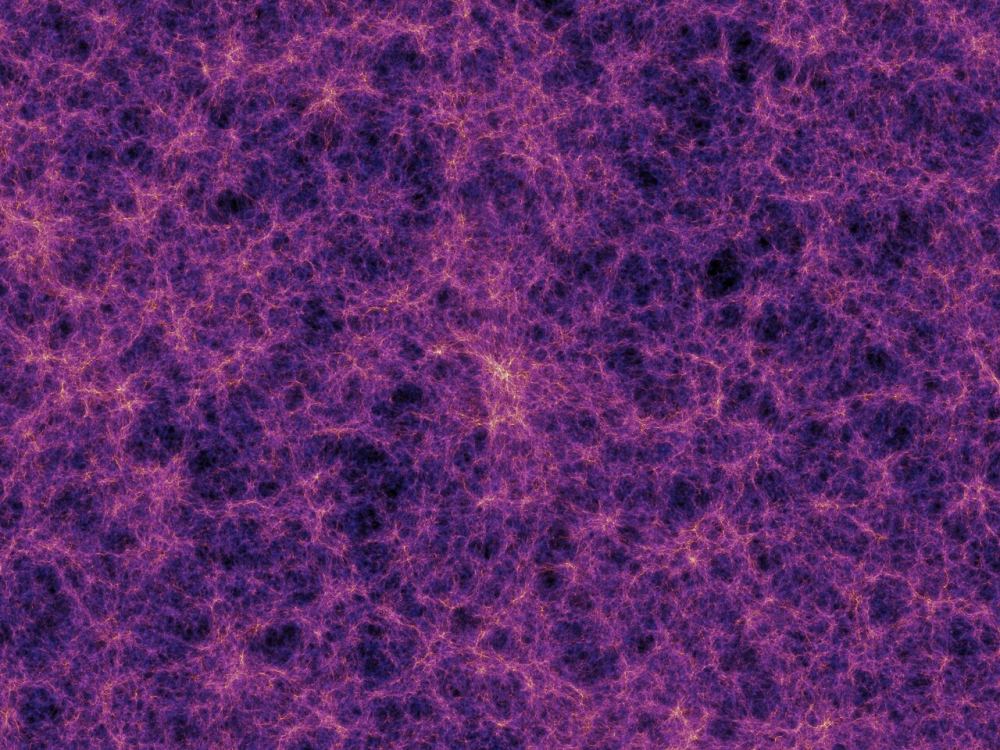So long as it’s not resource harvesting robots, ever expanding outward from their host planet…
Some context on axions.
For decades scientists noticed that quantum phenomena respect something called CP-symmetry, that is a really posh way to say “if you sub your particle with an antiparticle and invert its spatial coordinates, the laws of physics will stay the same”. So for example it doesn’t really matter if you have an electron at (1,1,1) or a positron at (-1,-1,-1), the effect is the same.
There are some exceptions (called CP violations) but for most part CP-symmetry is a real phenomenon. And one of those violations that could happen is when you’re dealing with quarks (the junk that protons and neutrons are composed of). And if something can happen, in quantum mechanics, it will happen. So why don’t CP violations happen?
Based on that, in 1977 Roberto Peccei and Helen Quinn predicted a new particle, that they named “axion” after some laundry detergent, as “it washed off the problem” (yup - scientists being silly with names, nothing new). That axion particle would be a really small particle, but with mass (unlike photons), and it compensates the predicted CP violation.
Now, to the link: apparently axions are a real thing, and they explain (at least partially) what dark matter is supposed to be.
We don’t know if axions are a real thing. This is still highly speculative.
Thank you for the thoughtful response, as I was genuinely interested to know what axion was.
As a side note, I remember reading about CP violations a while back (scientists love to use the metaphor of “how to distinguish left from right” to explaining those) and they were saying that CPT symmetry was inviolable, but they did also thought the same about Charge ©, Parity (P) and Time (T) before. Do you think we will ever see a CPT violation?
Do you think we will ever see a CPT violation?
I don’t think that we will, but people are still looking for it, albeit indirectly, and focusing on special relativity. Stuff like “are the photons still obeying Lorenz symmetry here? What about there? And there?”. (Note: Lorenz symmetry violations would imply CPT violations.)
I like how scientists couldn’t fathom that their math was wrong so they made up a story to cover for it and now they are in way over their heads.
Echoes of Einstein and his Cosmological Constant, aka Lambda. “The biggest blunder of my life” he called it… then it turned out to be correct, although it’s now known as the Hubble Constant.
The cosmological constant and Hubble constant are related, but not the same thing (I’m guessing that’s what you meant). Einstein felt there had to be something preventing the universe from collapsing. When he learned that the universe was expanding, he realized that it could just be momentum preventing the collapse, so lambda was a “mistake”.
It was possible that the universe could be expanding, but with no dark energy. Then it would have a Hubble constant but no lambda
Quantum mechanics explains these ultra-light particles as “fuzzy” because they exhibit wave-like behavior
How’s that different from any other particle? Aren’t they all waves in quantum fields?
I don’t know if this helps but starting at roughly 39:00 of this Fermilabs lecture the lecturer mentions that lighter the dark matter particle is more wave like it behaves and so you have to imagine like a “fluid” of waves that can be macroscopic.
Ok, I just gotta say that watching this type of talk here, puts my mind at rest that the Fediverse is going to be alright. That we are in the right place.
We got the smart people from Reddit
We are the smart people from Reddit. Even if we don’t know everything, we know which way the wind is blowing.
Speak for yourselves, I’m an idiot
Checking in.
It isn’t different and you are rightfully confused about the way they phrased that.









